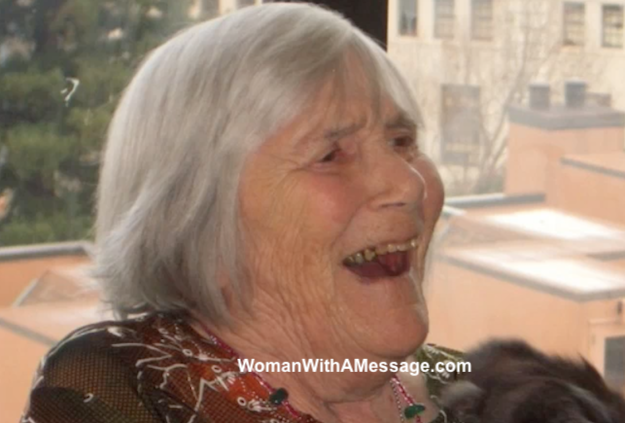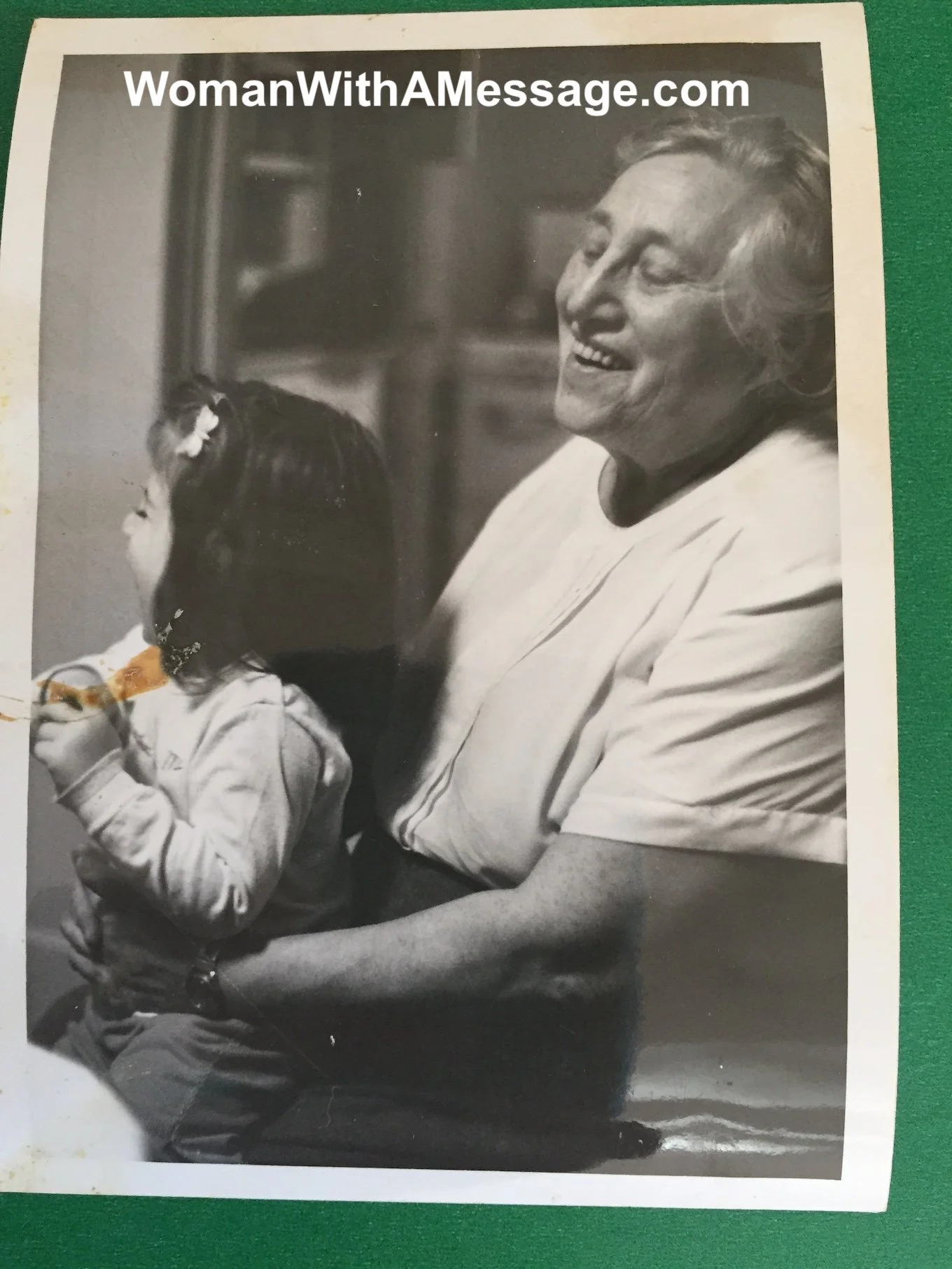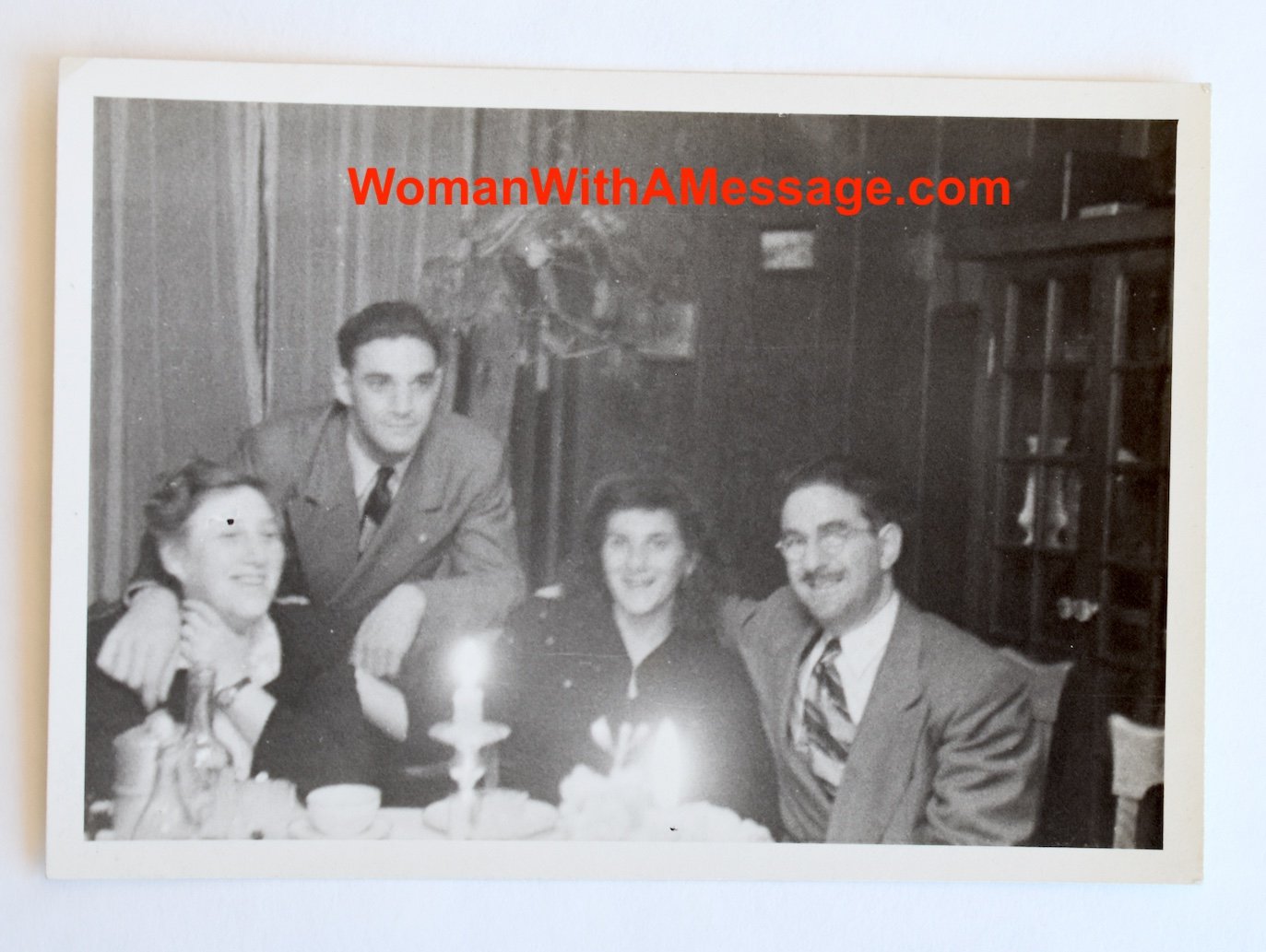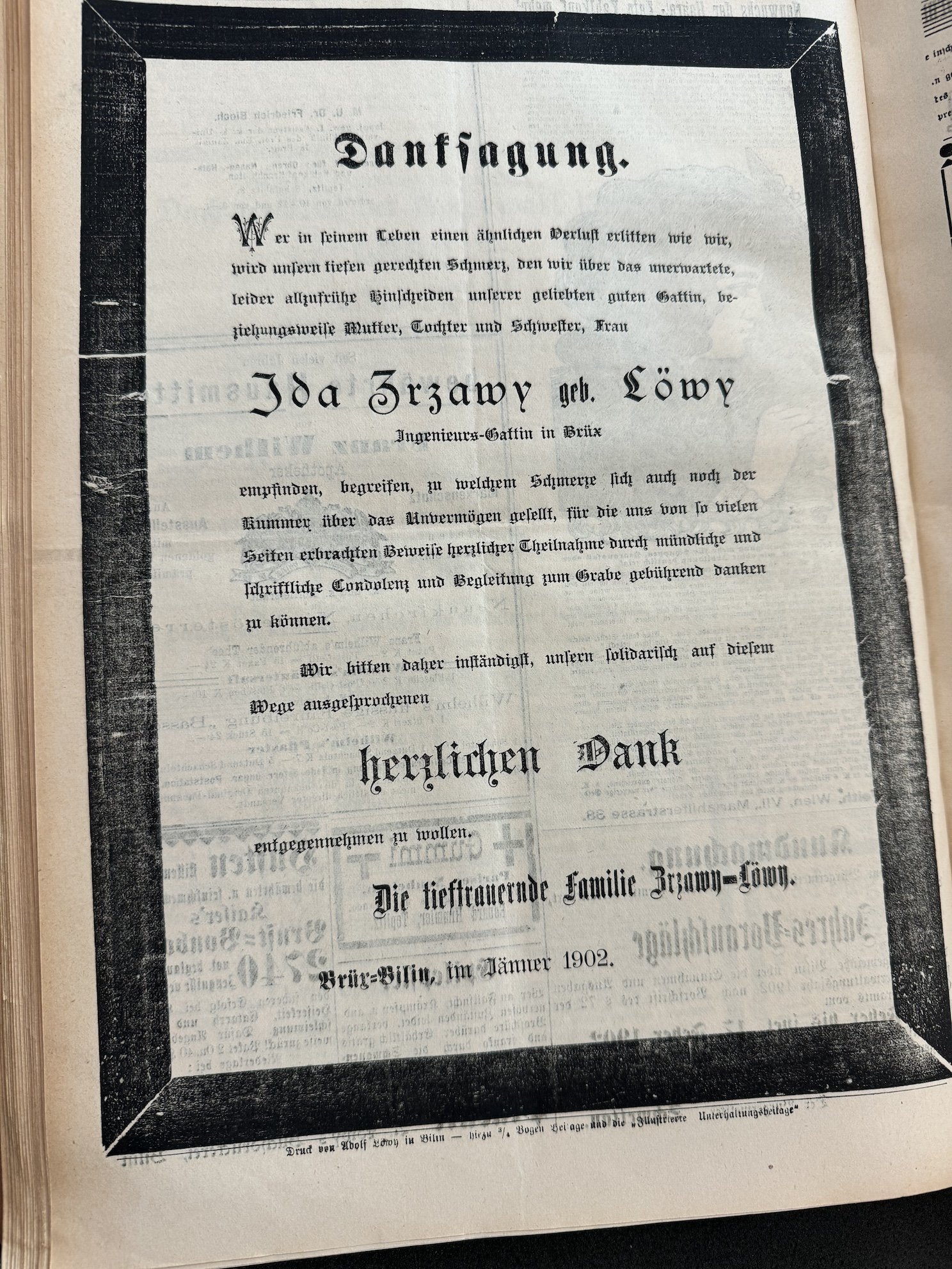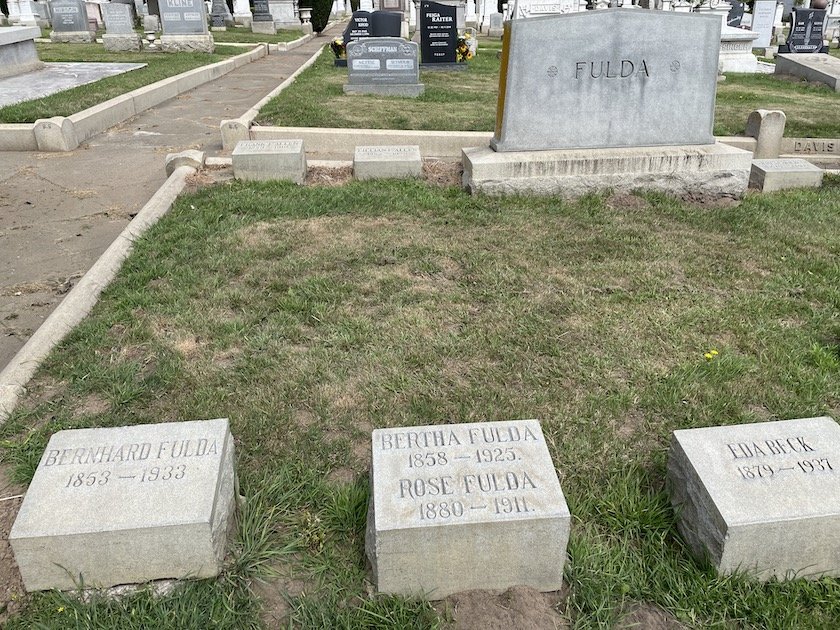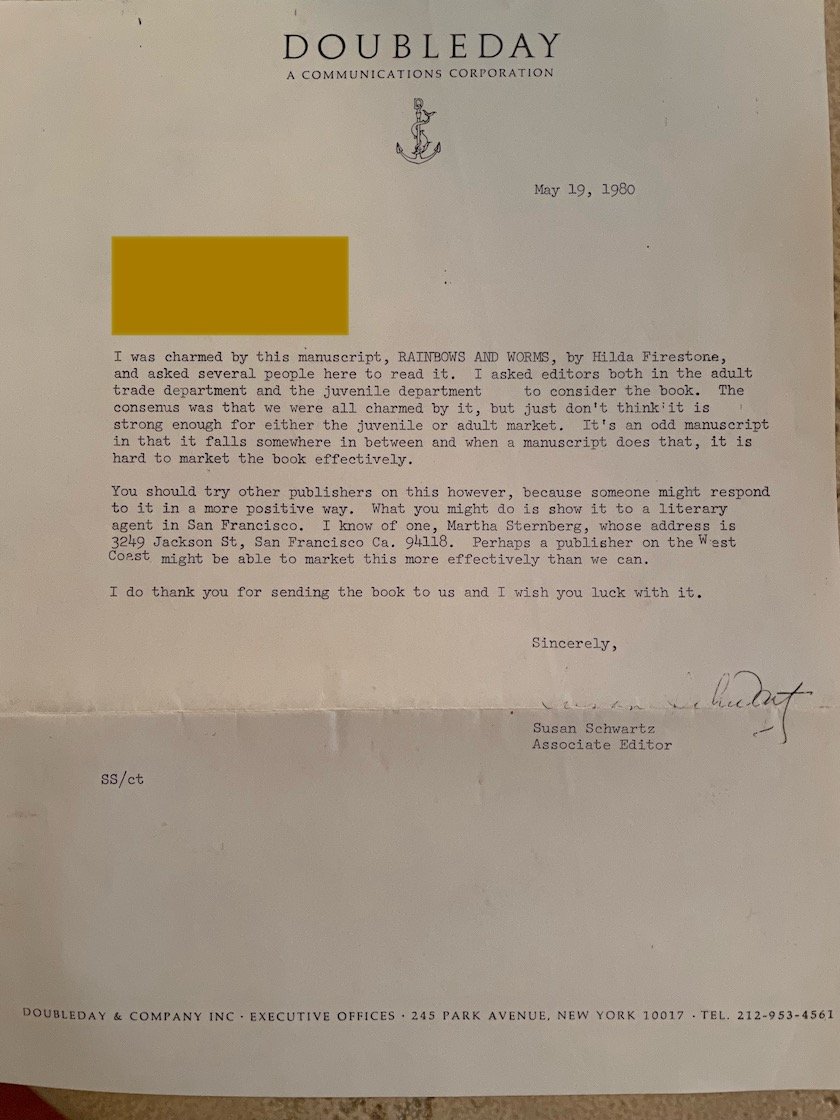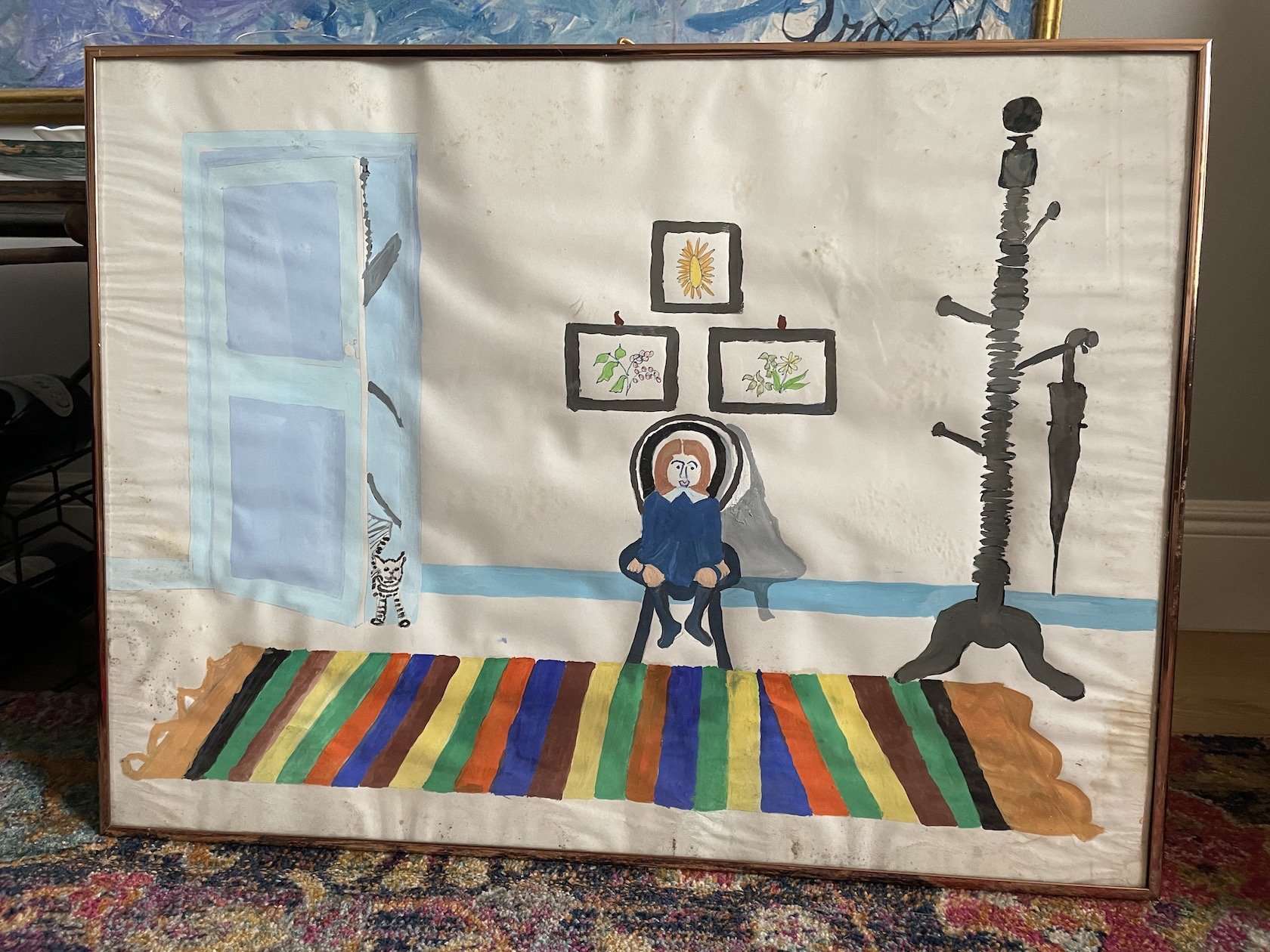I studied my junior year abroad at Paul Valéry University in Montpellier during the 1978-1979 academic year. I had imagined that I would be living in the dorms or perhaps with a family.
Foreign students were a dime a dozen in Montpellier. There were more than 20 of us studying there from the University of California (UC) system alone. Housing was scarce. There were more students than dorm rooms and few families were interested in taking in stray students. The UC group met in Los Angeles and took a charter plane to Paris. We got off the plane in the middle of the night, greeted by name by the coordinators of the program who had memorized our faces from the photos we had submitted for visas and identity papers.
Before beginning our studies, UC provided an intensive language training program in Grenoble for a few weeks to get us up to speed. The program was for students studying in Grenoble, Montpellier, and Marseille. If I recall there were about 50 of us total. We stayed in the dorms in Grenoble, as the academic year had not yet begun.
Upon landing in Paris, we stayed a few days to get acclimated and then took a bus to Montpellier and Marseille to arrange housing before ending up in Grenoble for our language program. There was a lottery for the few dorm rooms allotted to UC students. I was not one of the lucky ones. A few students decided to get apartments together. I didn’t want to do that because my goal was to speak French as much as possible. There was little to choose from and I ended up renting a dark cramped space in the garage of an elderly couple. They allowed me to come in some evenings to watch TV with them. Otherwise, I was left on my own in my dreary apartment with only a hot plate.
Two surreal experiences occurred during my time staying there. One night we were watching a dubbed American TV show. In the first episode of the series, the main character emerges from the ocean, looking human but for his webbed feet. I think it may have been “Man from Atlantis” which IMDB describes as “A water-breathing human, the sole survivor of an underwater civilization called Atlantis, emerges from the ocean and has to learn to deal with the air-breathers on the surface.” The man walks up to what he thinks is a person who begins talking to him. Only it's a Jack-in-the-Box clown that is asking for his order. Imagine trying to explain that artifact of American culture! [see note at bottom of post]
The next surreal experience occurred 45 years ago as I write this, in November of 1978. My landlords had been waiting for me to come home from school and quickly told me that “The mayor of California was shot!” I was trying to make sense of the idea that Governor Jerry Brown had been killed. I came into their house to look at the TV and learned of the killings of San Francisco Mayor George Moscone and Supervisor Harvey Milk, not even two weeks after the Jonestown massacre. I was shocked by the horrors happening in my hometown in the few months I had been away and wondered what would be left when I came home.
I hated living in that most unhomelike of abodes. I was lonely and homesick. I kept wondering how I could find somewhere else to live, wishing I could somehow be adopted by a French family.
In one of my classes, I became friendly with Martine, a woman my age who was studying English. As we got to know each other, she told me how much she’d like to have an English conversation partner. I told her how much I wanted to have someone to speak French with. Like me, Martine was an only child and had always wondered what it would be like to have siblings. She was living at home with her parents. Home was on the campus of a technical high school where her father was the principal. She decided she wanted me to live with them. She invited me to dinner so her parents could meet her nice American friend and somehow convinced them to take me in in exchange for room and board. Suddenly I was living in the situation I had dreamed of, which had seemed impossible!
In the end, it was a wonderful year. Martine and her parents were so kind to me and included me in meals and family activities. I never got as comfortable speaking French as I had hoped. Like my mother in English, I was always self-conscious of my accent. But I became a very fluent listener. Martine’s father would show me off to visitors – “She’s quiet, but she understands everything!” he would tell them.
When the year was over, I wanted to send an appropriately grateful thank you note but was stopped by my insecurity over my imperfect French. So instead, I sent nothing – something I have always regretted.
In recent years, the internet helped Martine and me to reconnect. We had long ago lost touch – she had been as self-conscious of her English as I was of my French. Now I speak or write in English and she in French and we understand each other perfectly.
Note: For those unfamiliar with this odd example of Americana, Jack in the Box is the name of a fast food restaurant similar to McDonald’s, known for its mascot of a toy jack-in-the-box head with a speaker that took customers’ orders as they drove up in their cars. From the National Museum of American History: “The restaurants were drive-thru only and, to attract drivers from a distance, the company employed unusual architecture and signage featuring a giant clown head springing from a box, like the toy.”
To learn more the history of drive-thru restaurants and see some early photos of the Jack in the Box in action, go to this lovefood blog post.




